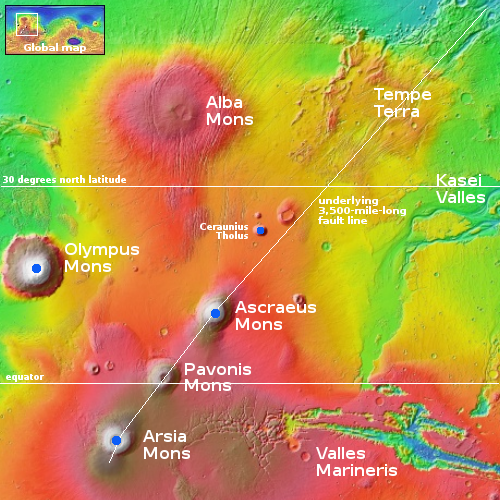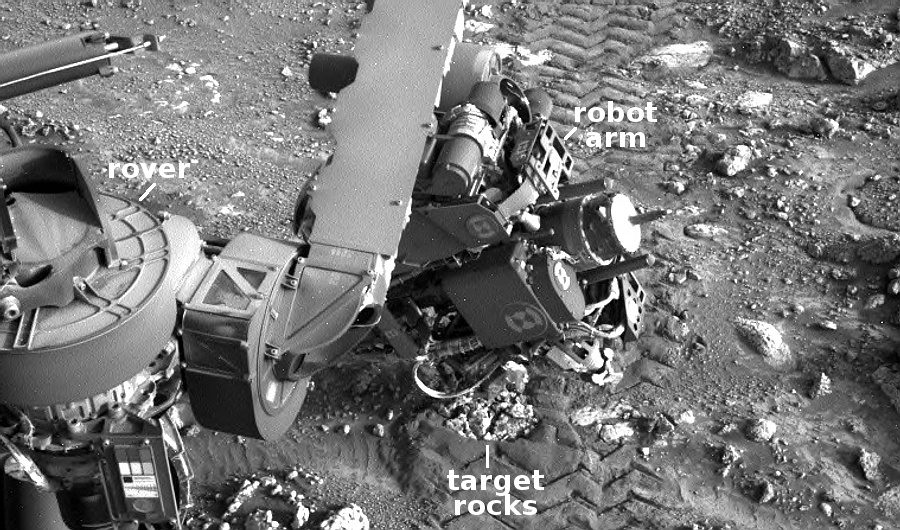Pentagon wants to buy from SpaceX its own 100-satellite Starshield constellation
The Pentagon is so impressed with its experience using SpaceX’s Starlink system as well as its military-hardened version dubbed Starshield that it is negotiating the purchase from SpaceX of its own 100-satellite Starshield constellation.
Col. Eric Felt, director of space architecture at the office of the assistant secretary of the Air Force for space acquisition and integration, said the plan is to acquire a constellation of Starshield satellites by 2029, contingent upon receiving the necessary funding appropriations from Congress.
Speaking at SAE Media Group’s Milsatcom USA conference on June 10, Felt noted that the military has been an avid consumer of SpaceX’s commercial Starlink services, but also wants to take advantage of the company’s dedicated Starshield product line and procure a government-owned constellation. In a briefing slide presented at the conference, titled “Satcom 2029,” Felt showed the DoD’s notional future satcom architecture including more than 100 Starshield satellites.
If approved for funding from Congress, this Starshield constellation would be used in conjunction with other military communciations satellites, which could also include satellites provided by other satellite companies such as Amazon and its as-yet unlaunched Kuiper constellation. The main advantage for such a system is redundancy. It is very difficult for an enemy to take the system down, since it uses so many small satellites. It is also cheaper to maintain and upgrade.
The Pentagon is so impressed with its experience using SpaceX’s Starlink system as well as its military-hardened version dubbed Starshield that it is negotiating the purchase from SpaceX of its own 100-satellite Starshield constellation.
Col. Eric Felt, director of space architecture at the office of the assistant secretary of the Air Force for space acquisition and integration, said the plan is to acquire a constellation of Starshield satellites by 2029, contingent upon receiving the necessary funding appropriations from Congress.
Speaking at SAE Media Group’s Milsatcom USA conference on June 10, Felt noted that the military has been an avid consumer of SpaceX’s commercial Starlink services, but also wants to take advantage of the company’s dedicated Starshield product line and procure a government-owned constellation. In a briefing slide presented at the conference, titled “Satcom 2029,” Felt showed the DoD’s notional future satcom architecture including more than 100 Starshield satellites.
If approved for funding from Congress, this Starshield constellation would be used in conjunction with other military communciations satellites, which could also include satellites provided by other satellite companies such as Amazon and its as-yet unlaunched Kuiper constellation. The main advantage for such a system is redundancy. It is very difficult for an enemy to take the system down, since it uses so many small satellites. It is also cheaper to maintain and upgrade.










